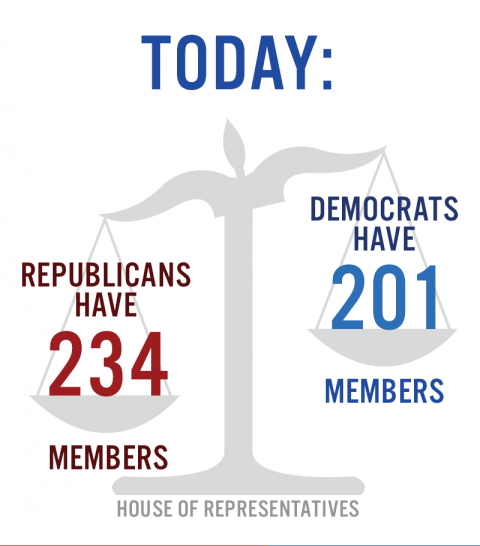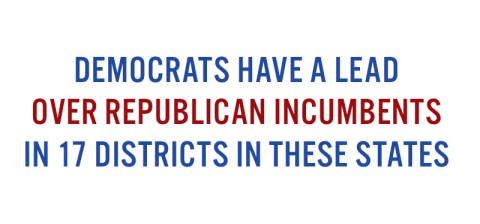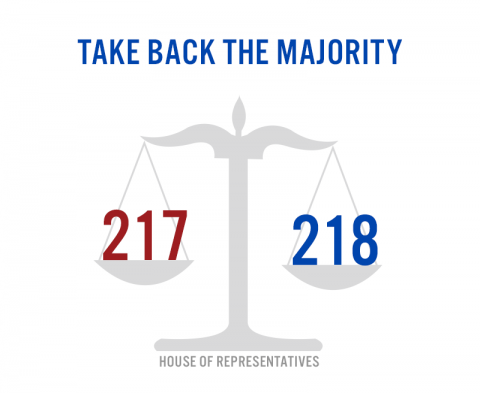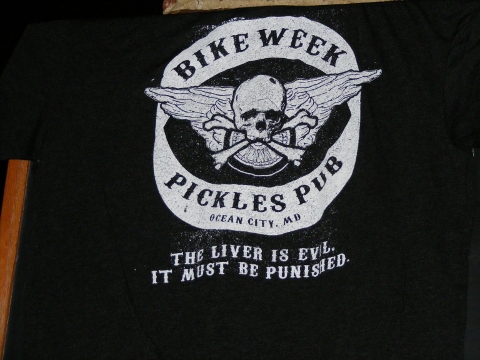In the first of what I hope becomes a weekly series of guest opinions I introduced last week, I bring you a treatise on public education by Jason Boisvert.
**********
There are two important premises in discussions on public education. The first is that it’s necessary, and the second is that it works. Let’s look at these and see if they’re true.
The first goal of public (herein “state”) education is providing a well-rounded education in language, science, math and history. But the results are students with almost no knowledge of science or history, limited math skills and, often, functional illiteracy. It’s clear, from both national and international testing, that state education fails in this goal.
Second is life preparation, managing a budget, understanding social and professional protocols, and being able to work in an entry-level or low-level job. The plain proof of failure here is credential creep; what was once a high-school level job now requires a bachelor’s degree, and the first lesson in any job-training program is “Don’t wear jeans to interviews.”
But state educators claim that their job is to prepare students for college, and it’s the job of college to prepare students for work. The number and growth of explicitly remedial courses put the lie to that claim.
Moreover, ask an average student if they love learning. They’ve been taught through direct experience that learning is a tiresome, boring, mind-numbing exercise that doesn’t result in anything of value. After all, the same kids who “can’t” do math can rattle off baseball statistics and calculate how long they need to last to the next health pack in a video game.
Since it’s clear that state education fails, what are the explanations given?
Money is their top complaint, and with the condition many schools and their equipment is in, it certainly looks that way. But what is bought is not necessarily what is spent. Take a class of 25 kids, at $10,000 a year for each – a low estimate – and you get $250,000. Subtract a teacher’s salary of $50,000 and you’re left with $200,000 for that year’s textbooks, desks, materials, rooms, etc. At this level of spending, what could you buy to teach kids?
This level of spending makes plain that the issue is not money. Over a quarter-million dollars per classroom makes it plain as day.
The second complaint is blaming parents as being not involved enough, too poor, bad neighborhoods, and so forth. Leaving aside that this contention undercuts the entire justification of state education, excellent teachers have demonstrated that this is a burden that can be overcome. Jaime Escalante, in East Los Angeles, created an AP Calculus program that won national acclaim.
If these justifications are so much empty air, what are the real reasons for this widespread failure? There are many, but all have one of two roots – monopoly privilege and unionization.
The monopoly privilege isn’t a traditional monopoly, but comes from two things: required student attendance to some facility, and exclusive access to tax support. Both these together shield state schools from the consequences of their bad decisions, and render them free to ignore parental concerns.
But it leaves them vulnerable to political pressure, and most of that pressure comes from teacher’s unions. One of the largest factors in American politics, they use that power to benefit their membership rolls and shield bad, incompetent, or abusive teachers.
While private unions have their impulses to maximize membership mostly balanced by the threat of business failure (though not always, such as the case of Hostess), public unions never have to worry about such outcomes. Their maximization comes at the cost of educational quality, as rules kill innovation and development.
Worse, the union’s focus on seniority over performance destroys educational quality. Long-serving teachers are never in line for layoffs; on the other hand, not even a teacher-of-the-year award can protect a new teacher from layoffs. There are several cases where a teacher was awarded Teacher-Of-The-Year and fired in the same year.
These factors shield the education system from the consequences of bad, selfish or destructive decisions. One such decision is the certification system for teaching in public schools. They require, not a degree or experience in the subject, but a degree in education. Experienced doctors, lawyers, and scientists are not qualified to teach medicine, law and science and can’t, but a newly-graduated Education major without any background in these subjects is and can.
Also, state schools teach to the middle, writing off the top and bottom. If the top succeed within the system, great, but those talented students who require some accommodation to succeed are shoved aside and drop out. State schools simply do not have to care about outliers, whereas some private schools may decide to specialize in them.
But that still leaves the middle, and another destructive choice – the choice to teach down to a level that doesn’t challenge students, but meets the bare minimums for state exams. Students learn to feign ignorance to avoid new (hard) material in favor of re-hashing things already taught.
Another common example of selfish, destructive choices is one that public school system and it’s unions claim to oppose. The phrase “teaching to the test” is the shorthand method of referring to it, but it has two separate meanings, one of which is actually beneficial to student achievement, and another, which is actively harmful. But what the system is actually opposed too is the testing, and any metric by which the system can be evaluated.
The two meanings of the phrase are contradictory; the first meaning is “teach the material on the test.” Teaching material on properly-designed tests of basic skills will give students basic skills, many of which are missing from educational programs. This is what the system is opposed to. The second meaning, however, is what the system actually does. They teach students to pass the test, independent of the material. The biggest example of this is the “Whole Word Recognition (WWR)” method of teaching “literacy.”
WWR teaches the shortcuts readers develop on their own as they gain experience in reading. It does not teach the core concepts of phonics, allowing students to move quickly past words they have been taught, but without any ability to learn new words on their own. This gives illiterate students the ability to pass reading comprehension tests with grade-level word-sets, like state exams, and deny illiteracy, while remaining unable to read books outside specific, grade-level criteria. It gives the teachers credit for doing their jobs without actually doing it. This policy extends widely throughout education, and WWR is merely the most extreme example.
Finally, because they don’t have to, schools refuse to change in the face of new conditions or new facts. Research has discovered, for example, that teenagers are biologically predisposed to wake and fall asleep later, and that early-morning studies are detrimental to many students. This research is nearly twenty years old, but many schools have shifted to earlier start times, not later ones.
Likewise, mechanics, machine operators and other skilled trades could be taught at the high-school level and are in high demand, but schools cut auto shop from the curriculum thirty years ago and never looked back. Reacting and adjusting to either of these facts would improve their students’ ability to succeed, but schools simply demand more money for what they are already doing, despite enough money being available to add useful programs.
There are solutions to these issues, however. The first step is to introduce voucher systems at the state and local level. Vouchers are government grants in the value the state is already paying for an average child’s education. The money is paid to the school the student attends, instead of the school assigned to the fief the student lives in. The money could be used to send students to any public or private school, within the jurisdiction of the government, or even without. To reduce the burden on the state, and introduce price competition, parents who send their children to schools that charge less than the value of the voucher could receive some of the savings in cash.
This would be an immediate policy-level solution as it wouldn’t require removal or reform of the public system, but would allows parents to evacuate their children to an alternative, competing system. The profit-motive would cause a wide variety of schools to appear, catering to specific need-sets of the students they serve, solely and only because parents could punish failing schools by leaving, and reward successful schools by joining or staying. Schools that act as indifferently to student needs and parental desires as the modern state school would quickly find themselves out of students, and that is the only real objection – it endangers the union-monopoly on education.
**********
About the author: Jason Boisvert, 29, is a Connecticut native now living in Baltimore County. He is a political activist with an active YouTube page and a newly-minted blog, A Horrible Monster.
























